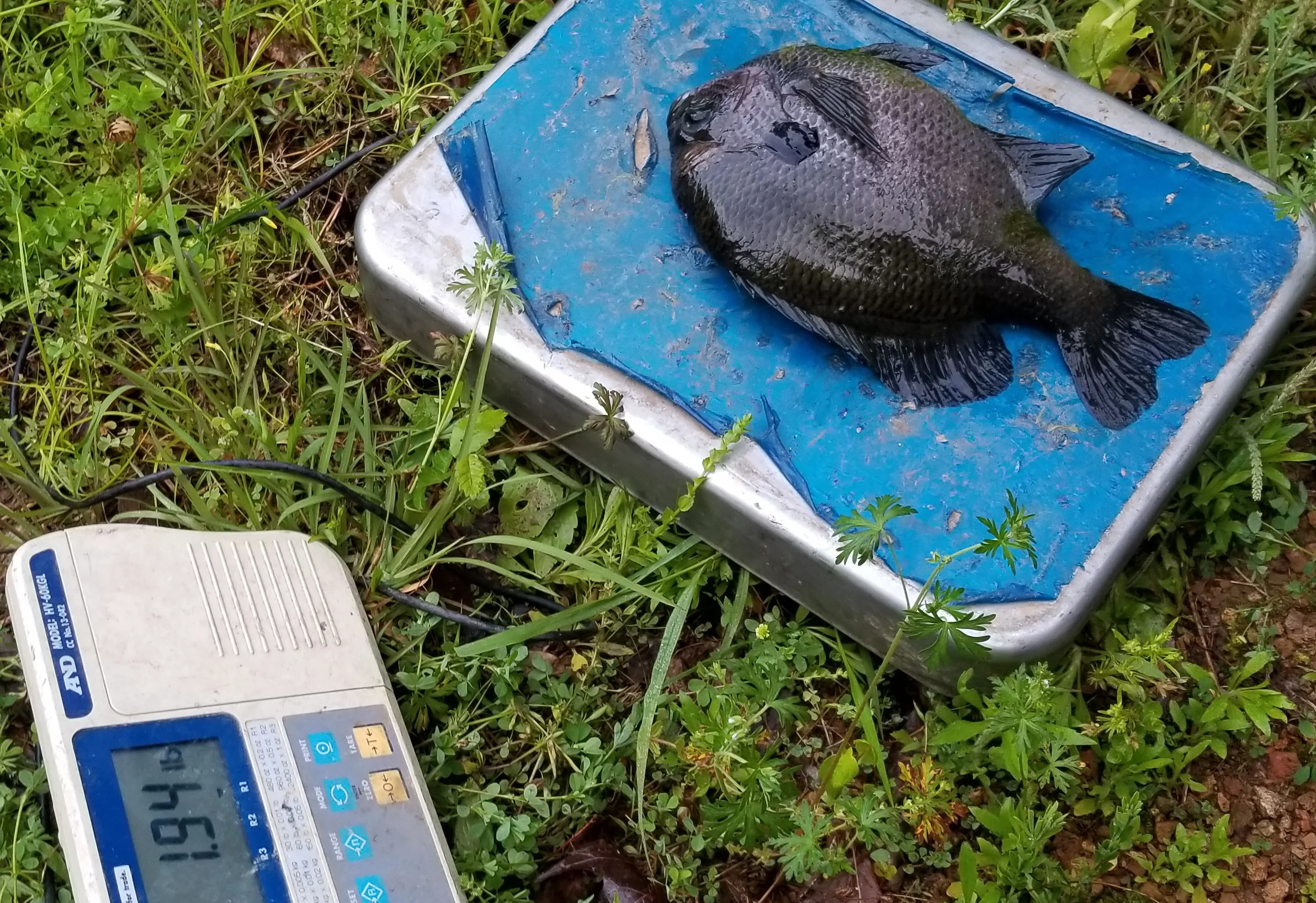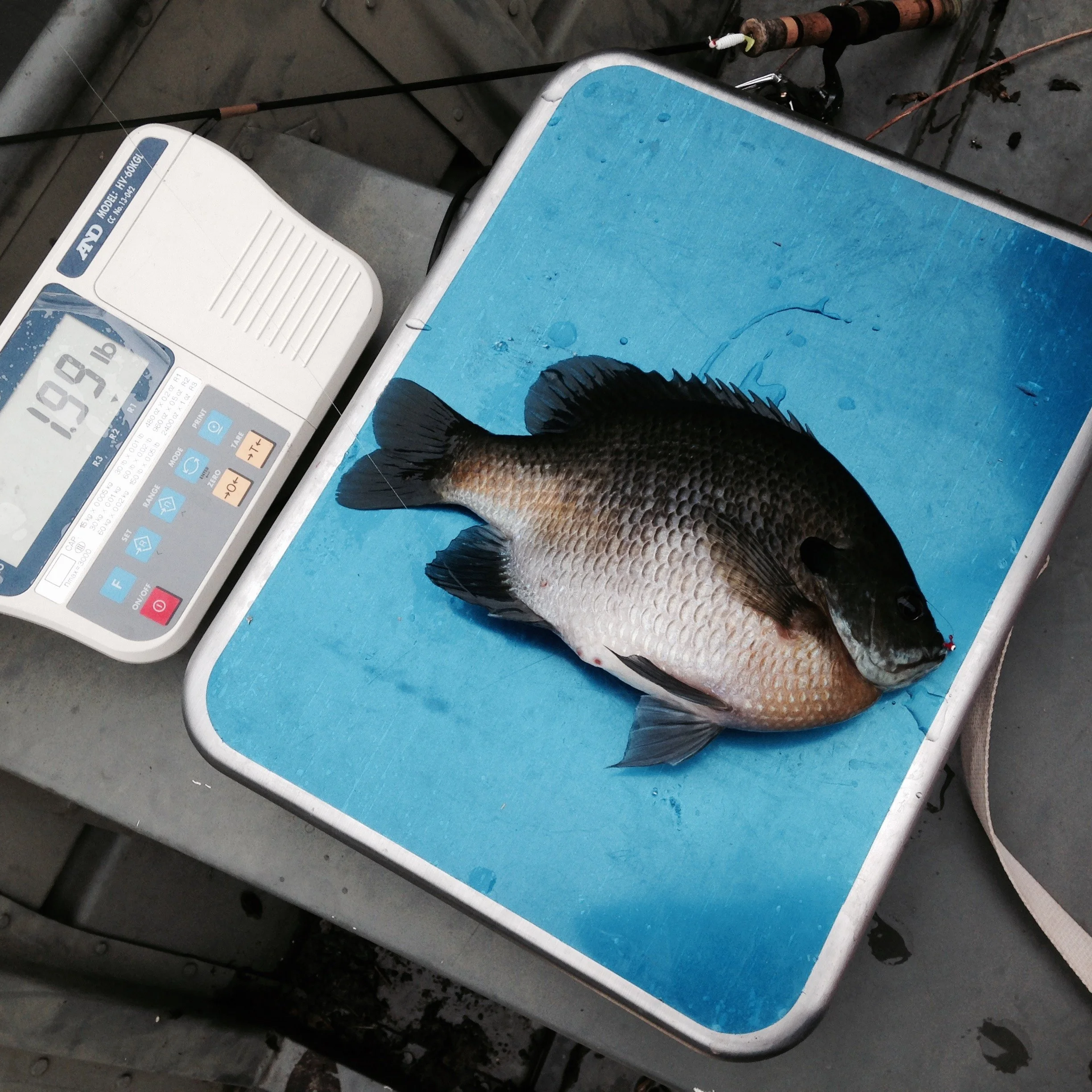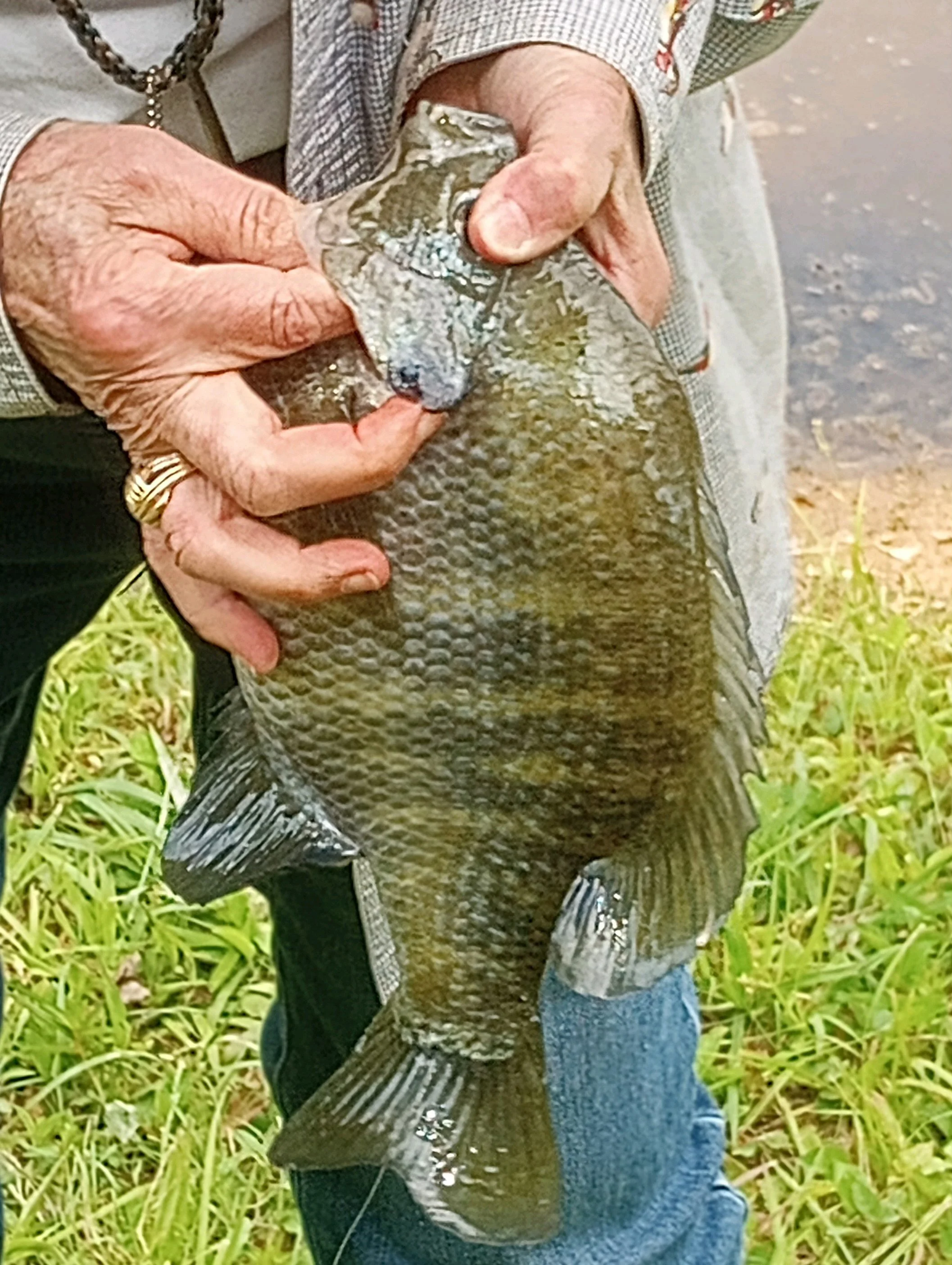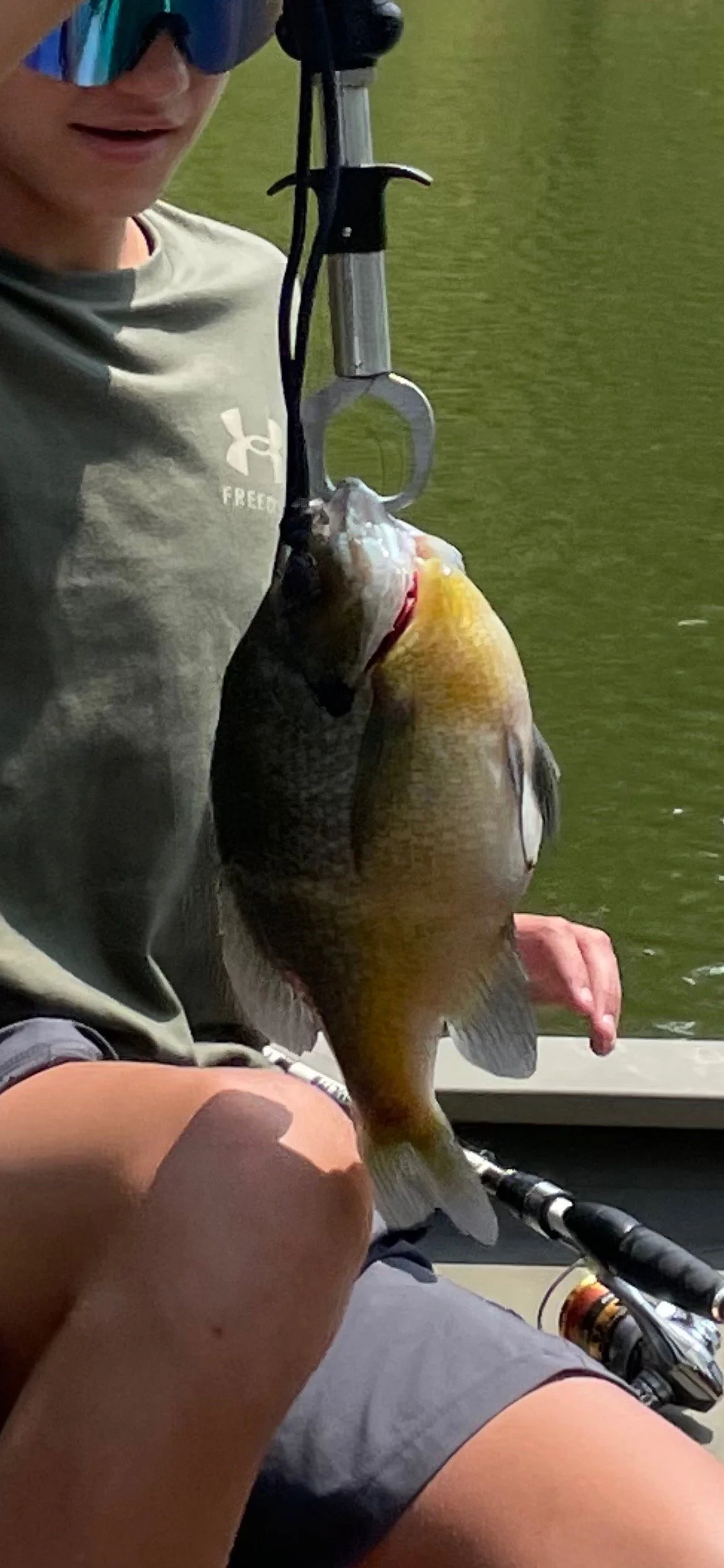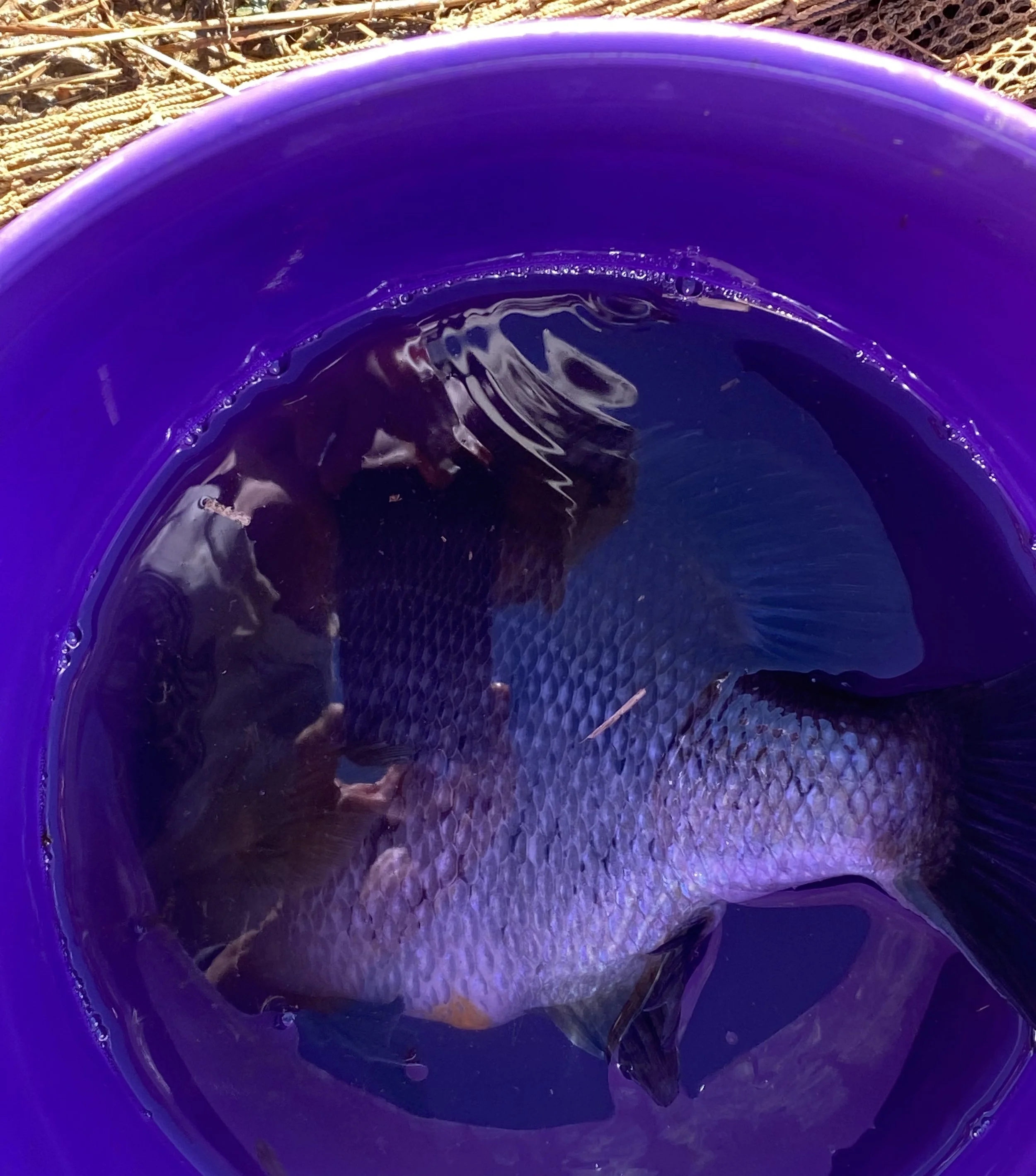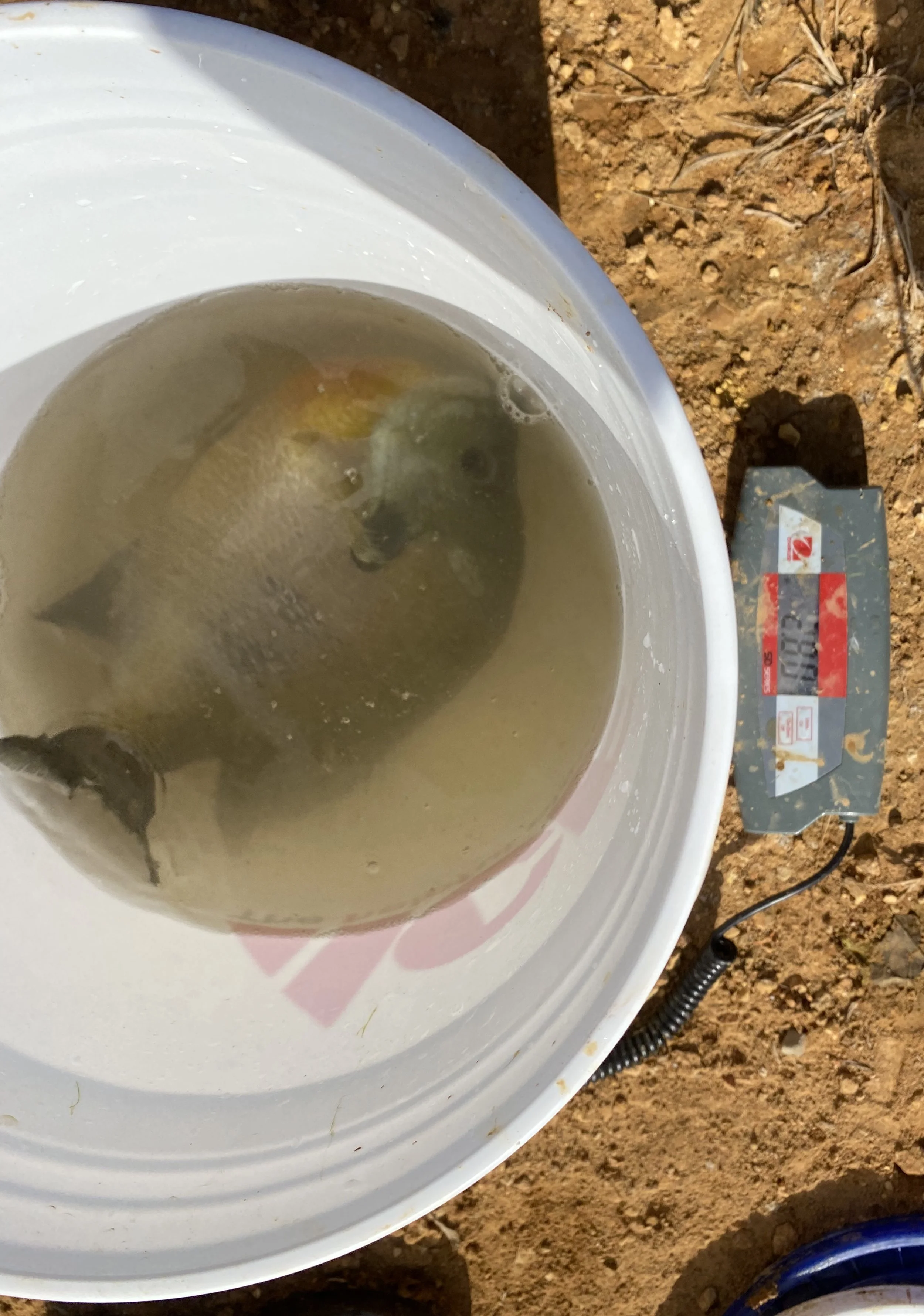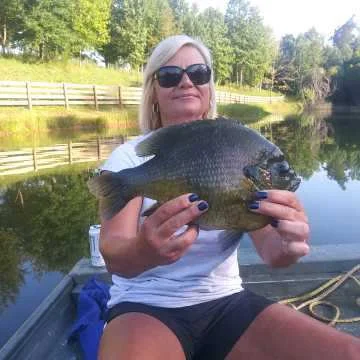Trophy Bluegill Management: Who’s the Real Expert?
If a college football coach declared his quarterback should win the Heisman trophy based on stats from one game, what would you say to him? It happens every year that most or all of the players who start the season as Heisman favorites end up getting usurped by other players by December; the award is based on performance over twelve games, and the favorites change several times throughout the course of the season. What would you think of a musician who had one good album and on the strength of that declared himself the greatest musician of all time? You might refer him to Mozart, or J.S. Bach, or among modern artists, CCR, or Johnny Cash, or Led Zeppelin, or America, or Al Green, or a host of others who had had more than just one success. What about an actor who had one good film and declared himself the greatest actor in the history of cinema? You would educate him about Brando and Pacino, about Dunaway and Stewart, about Dean and Bergman, and many others all of whom had made not one but many singular performances over many important films.
And yet one of my competitors, who has grown bluegill to trophy sizes in exactly one pond, claims, very loudly, to be THE authority on growing big bluegill. Not an authority - THE authority.
This person has no degree in fisheries science, or even biology; this person had never managed any pond prior to seven years ago. And yet, if you ask them, they’re the preeminent expert on growing big bluegill.
They just happen to live in the state that produced the world-record bluegill, barely 100 miles from where said record was caught; they also were working with a pond of several acres. A study published in 2017 found that the single biggest factor determining growth of bluegill ages one to four years in small impoundments in Georgia was the surface acreage of the pond - the bigger the pond, the bigger the bluegill.
I have grown bluegill to thirty ounces or larger in nine different ponds; the actual number is most likely a few or several ponds higher than that, but nine is the number for which I have photographic proof:
1.94 lb. coppernose from .75-acre pond, 2018
1.99-lb. coppernose from 1-acre pond, 2015
unweighed coppernose from 2.5-acre pond - estimated 2.5 lbs., 2022
2.08-lb. coppernose from 1.1-acre pond, 2018
2.13-lb. northern bluegill from 1.1-acre pond, 2021
unweighed handpainted from 1-acre pond, estimated 2.25 lbs., 2024
I have grown bluegill to forty ounces or larger in five ponds (this number would also be at least one pond higher but a landowner in, ironically, Alabama, caught a 13” hand-painted bluegill from his pond a few years ago but did not get a picture of it):
unweighed handpainted from 1-acre pond, 13” long, 2019
2 lb. 8 oz. handpainted from .75-acre pond, 2021
2 lb. 13 oz. handpainted from 1.5-acre pond, 2021
unweighed coppernose from 7-acre pond, estimated 2.5-3 lbs., 2019
2 lbs. 14 oz. northern bluegill from 1.1-acre pond, 2019
I understand being confident; I was confident when I started my business sixteen years ago. But I also already had ten years of experience at that point, and even then I didn’t start right out of the gate declaring myself the sole authority on growing big bluegill, because I knew there were a couple other guys out there who were very knowledgeable and had more of a track record, at that point in time, than I did. There’s a difference between being confident, and deliberately making claims you know are false.
The state-record bluegill for Tennessee is three pounds, nearly two pounds smaller than it is for the state where my competitor claiming to be the best resides. And yet I have grown bluegill to forty ounces or larger in five different ponds in this state, the equivalent of growing bluegill to 4.25 pounds in five different ponds in my competitor’s state. And three of those fish that I grew to that size were caught from ponds that were 1.1 acres or smaller.
If you want to know who the best is at growing bluegill to monster sizes, skip the empty claims and look to the results - not just from one large pond 100 miles from where the world record was caught, but results over several ponds over several years’ time.

